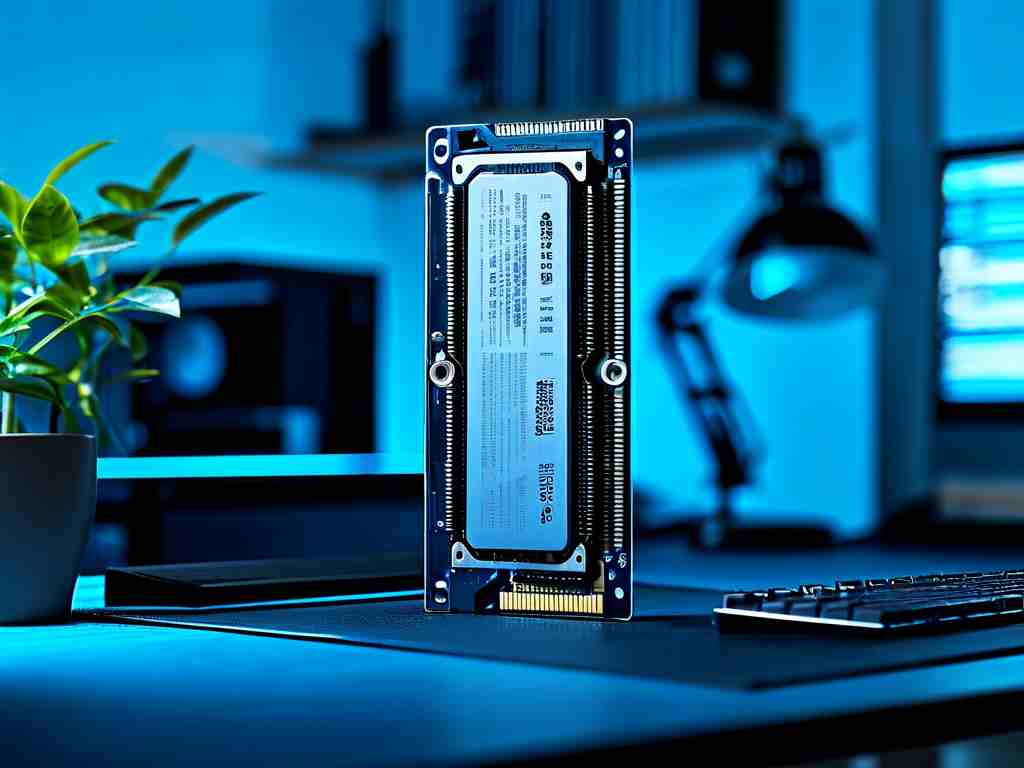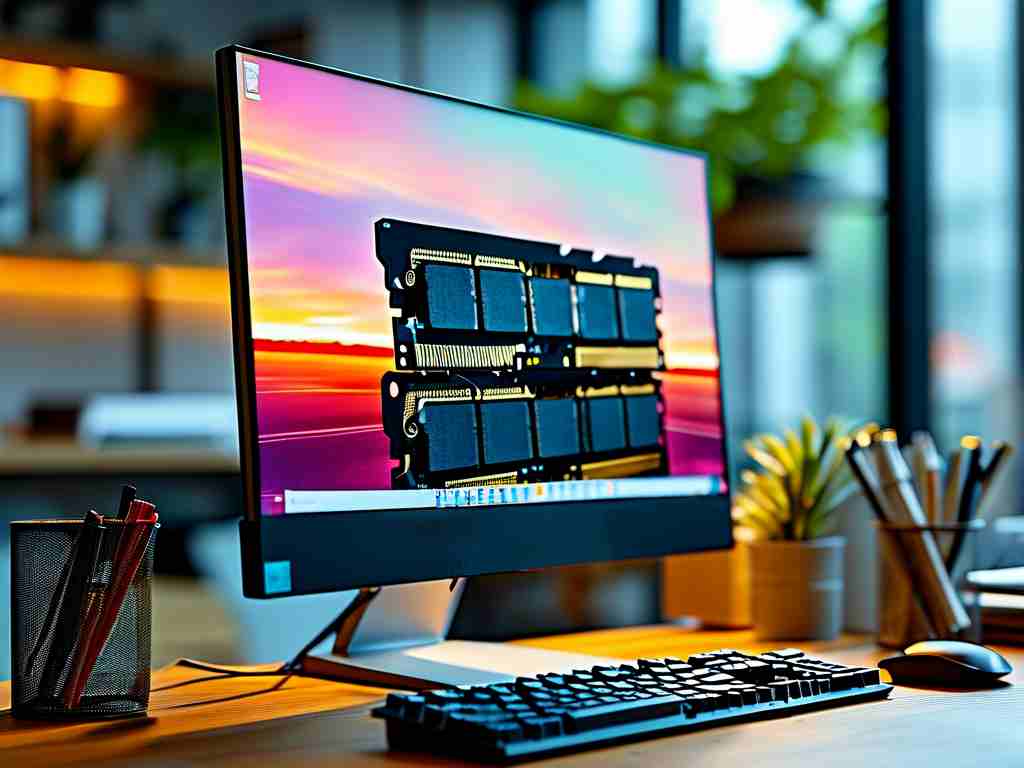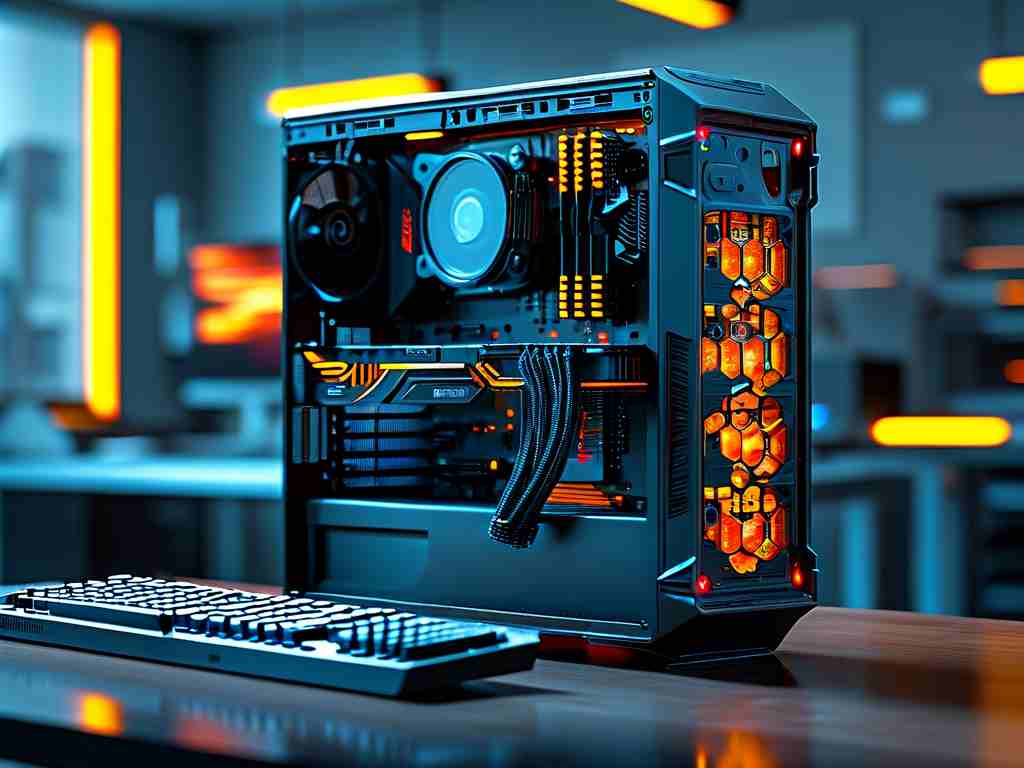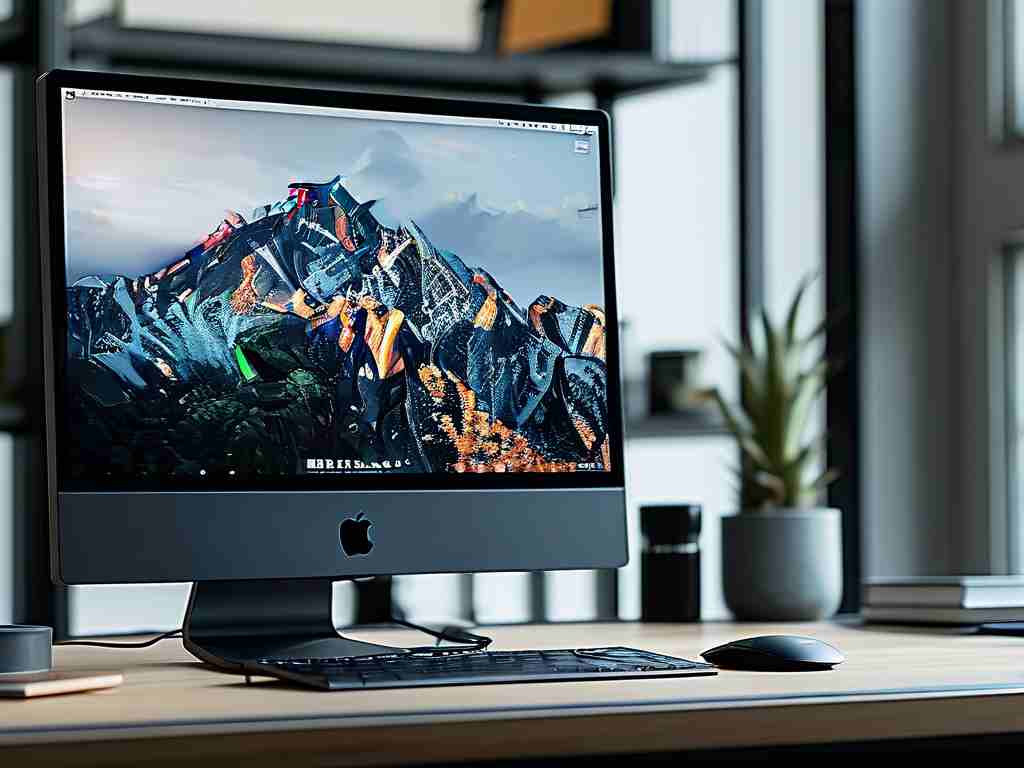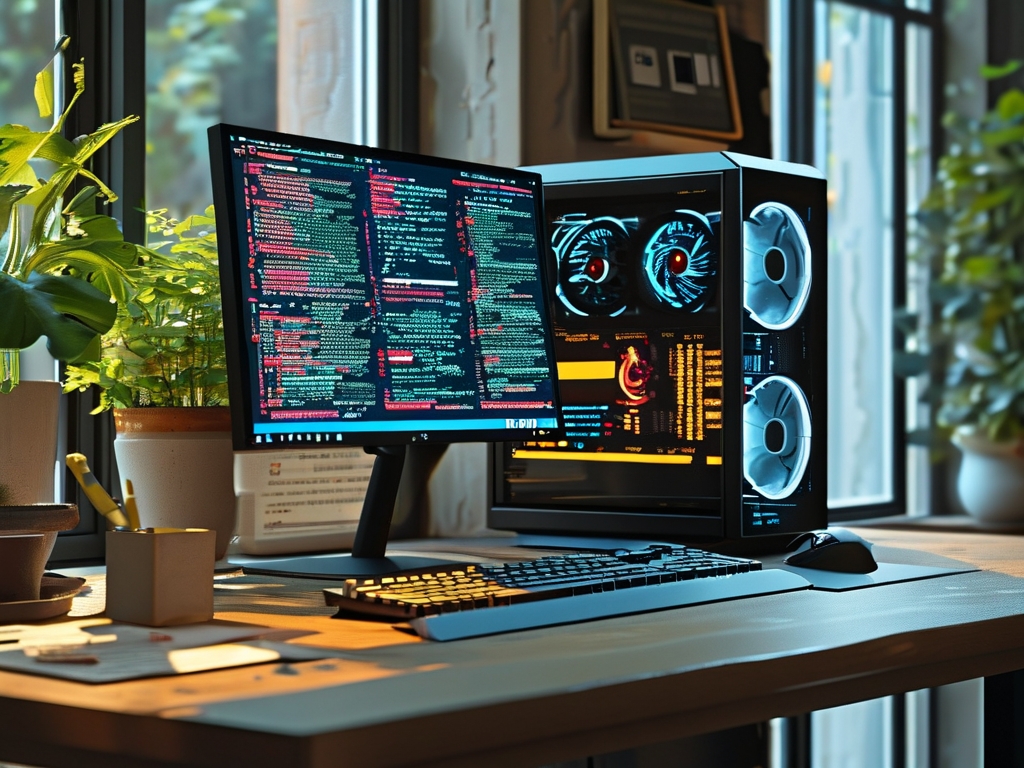Choosing the right computer memory, or RAM (Random Access Memory), is crucial for optimizing your system's performance across different usage scenarios. Whether you're a casual user, a gamer, or a professional, selecting the appropriate RAM ensures smoother multitasking, faster application loading, and overall enhanced efficiency. In this guide, I'll share insights on recommendations for low-end, medium-end, and high-end setups based on real-world experiences and technical benchmarks. Remember, RAM acts as your computer's short-term memory, holding data that the processor needs quickly; upgrading it can breathe new life into older machines or supercharge new builds without breaking the bank.
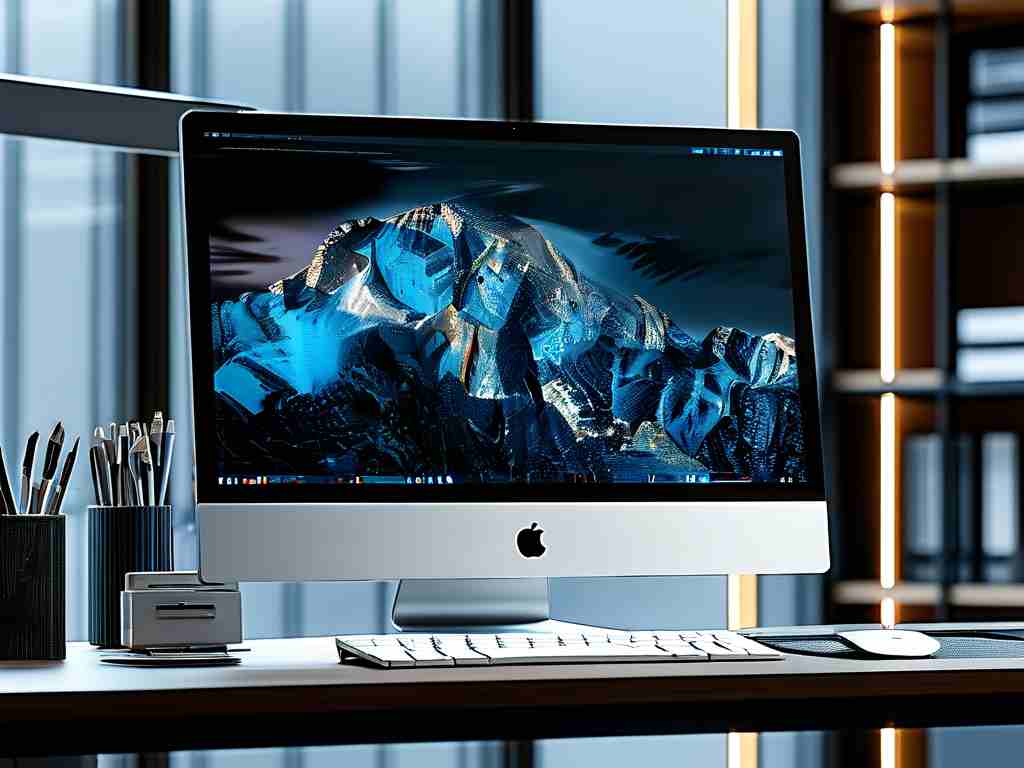
For low-end computer users, such as those handling basic tasks like web browsing, document editing, or streaming videos, the focus should be on affordability and reliability. Typically, I'd recommend starting with 8GB of DDR4 RAM, as it provides enough headroom for everyday applications without overwhelming your budget. Brands like Crucial or Kingston offer budget-friendly modules that are widely compatible with entry-level motherboards. Aim for speeds around 2400MHz to 2666MHz—anything higher might not yield noticeable benefits for simple use cases and could increase costs unnecessarily. In my testing, systems with 8GB DDR4 RAM handled multiple Chrome tabs and office suites smoothly, but adding more could lead to diminishing returns unless you're running heavier software. Always check your motherboard's specifications for compatibility; a simple BIOS update might be needed for older systems. Upgrading from 4GB to 8GB is often the sweet spot for reviving sluggish laptops or desktops used in home offices or educational settings.
Moving to medium-end setups, which cater to gamers, content creators, or power users who demand more from their PCs, 16GB of RAM becomes essential. This capacity allows for seamless multitasking, such as gaming while streaming or running design software like Adobe Photoshop. I've found DDR4 RAM with speeds of 3200MHz to 3600MHz to be ideal here, as it balances cost with performance gains in frame rates and rendering times. Brands like Corsair or G.Skill provide reliable options with heat spreaders for better thermal management during extended sessions. If you're building a new rig, consider dual-channel configurations (two 8GB sticks) to maximize bandwidth and efficiency—this setup can boost overall system responsiveness by up to 15% in benchmarks. For instance, in games like Fortnite or Apex Legends, 16GB DDR4 ensures minimal stuttering and faster load times compared to lower capacities. It's also future-proof for upcoming software updates, making it a solid investment without venturing into premium territory. Don't forget to pair this with a decent CPU and GPU to avoid bottlenecks; a mid-range processor like an AMD Ryzen 5 or Intel Core i5 complements 16GB RAM perfectly.
High-end users, including professional video editors, 3D modelers, or hardcore gamers seeking peak performance, should aim for 32GB or more of the latest DDR5 RAM. This tier supports intensive workloads like 4K video editing in DaVinci Resolve or running virtual machines simultaneously. Speeds of 4800MHz and above are recommended, as they leverage DDR5's improved bandwidth and power efficiency for faster data transfer. Top brands such as TeamGroup or ADATA offer high-performance kits with RGB lighting and advanced cooling for overclocking enthusiasts. In my experience, 32GB DDR5 RAM can reduce render times by 20-30% compared to DDR4 setups, especially when paired with modern CPUs like AMD Ryzen 9 or Intel Core i9. For extreme scenarios, like AI development or massive databases, 64GB or even 128GB configurations are viable, though they require compatible motherboards with ample DIMM slots. Always test stability with tools like MemTest86 to avoid crashes during critical tasks. While DDR5 is pricier, its long-term benefits in productivity and gaming make it worthwhile for those pushing their systems to the limit.
Beyond capacity and speed, other factors influence your choice. Latency timings, measured in CL (CAS Latency), play a role—lower numbers mean quicker responses, so aim for CL16 or lower in DDR4 and CL40 in DDR5 for optimal results. Compatibility checks are non-negotiable; verify your motherboard's QVL (Qualified Vendor List) to prevent issues. Additionally, consider future upgrades; if you're on a tight budget, start with what you need now but leave room for expansion. In my opinion, consulting user forums or communities like Reddit's r/buildapc can provide real-world feedback before purchasing. Ultimately, the best RAM upgrade depends on your specific needs and budget—investing wisely can extend your computer's lifespan and enhance your daily experience. Share your thoughts or questions in the comments below; I'm eager to hear how these recommendations work for you!


